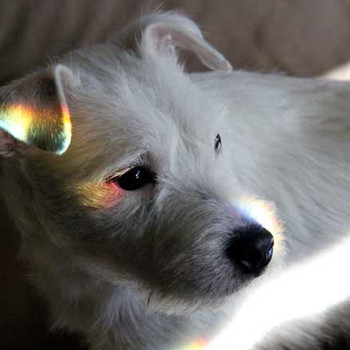At #"1.20 atm"#, and a temperature of #"27"^@"C"#, #"75.0 L NH"_3"# gas is produced by the reaction between #"N"_2"# gas and #"H"_2"# gas. How many moles and what volume of #"N"_2"# and #"H"_2"# are required to produce #"75.0 L NH"_3"#?
The reaction is #"N"_2("g") + "3H"_2("g")"# #rarr# #"2NH"_3("g")"# .
The reaction is
2 Answers
The moles of
The moles and volume of
The moles and volume of
Answers are rounded to three significant figures.
Explanation:
Balanced Equation
Use the ideal gas law with the equation
Known/Given:
All Gases:
Ammonia
Unknowns:
Determine the moles Ammonia
Determine the moles and volume of
Multiply the moles
Determine the volume of
Rearrange the ideal gas law equation to isolate
Determine the moles and volume of
Multiply the moles
Determine the volume of
Rearrange the ideal gas law equation to isolate
Here's an alternative way of solving this problem.
Explanation:
A very important thing to notice here is that you're dealing with gases that are at the same pressure and temperature. This means that their mole ratios become equivalent to their volume ratio.
So, for any two gases that take part in this reaction, you have
This means that you can determine the volume of nitrogen and hydrogen by
and
So, once you use the ideal gas law equation to get the number of moles of ammonia, all you have to do is use the mole ratios.
Rounded to three sig figs, you have
Therefore, you get
and


